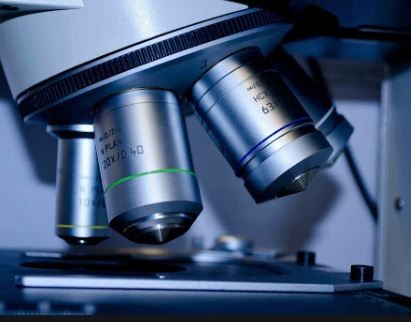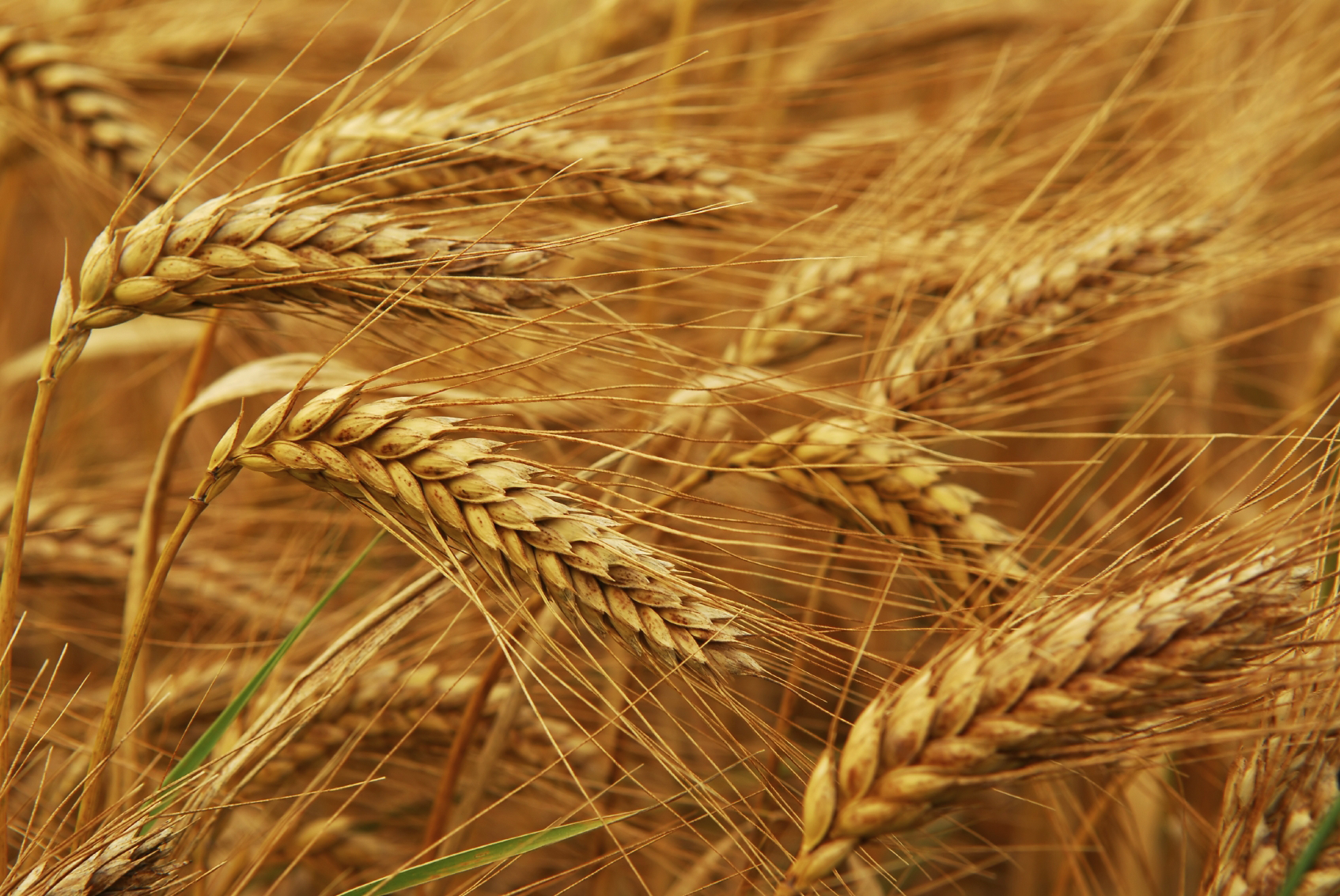New maximum level for ergot in food (EU) 2021/1399
Food:
The ergot alkaloids are a group of toxins found in fungi that are responsible for the formation of ergot in grains (specially in rye). This group of alkaloids consists of at least 12 different alkaloids. Cereals contaminated with ergot contain ergot alkaloids and are thus a dangerous mycotoxin, posing a food safety risk to humans and animals. When ingested in excess, they are detrimental to health.
TLR analyses these different alkaloids. We determine total alkaloids at our organic chemistry department using the accurate LC-MS/MS method. The detection limit we offer is 10 µg/kg.
The analysis method has been validated internally and in addition to the total alkaloid analysis result we determine the following individual alkaloids:
- alpha-Ergocryptine
- alpha-Ergocryptinine
- Ergocornin
- Ergocorninine
- Ergocristin
- Ergocristinine
- Ergometrine
- Ergometrin
- Ergosin
- Ergosinine
- Ergotamine
- Ergotaminine
Please pay attention to the footnotes in this legislation regarding determinations and possible operations in food.
Animal feed:
Unchanged is the rejection limit of the Regulation (EU) No. 574/2011 amending Annex I to Directive 2002/32/EC for feed and grains used for feed.
We determine ergot (Claviceps purpurea) for you in feed materials and compound feed of unground grains. This analysis also is applicable under the GMP+ safety standard.
Ergot (Claviceps species) in this specific feed legislation can only be determined in unground products with the microscopic analysis method. The detection limit is 1 mg/kg.


